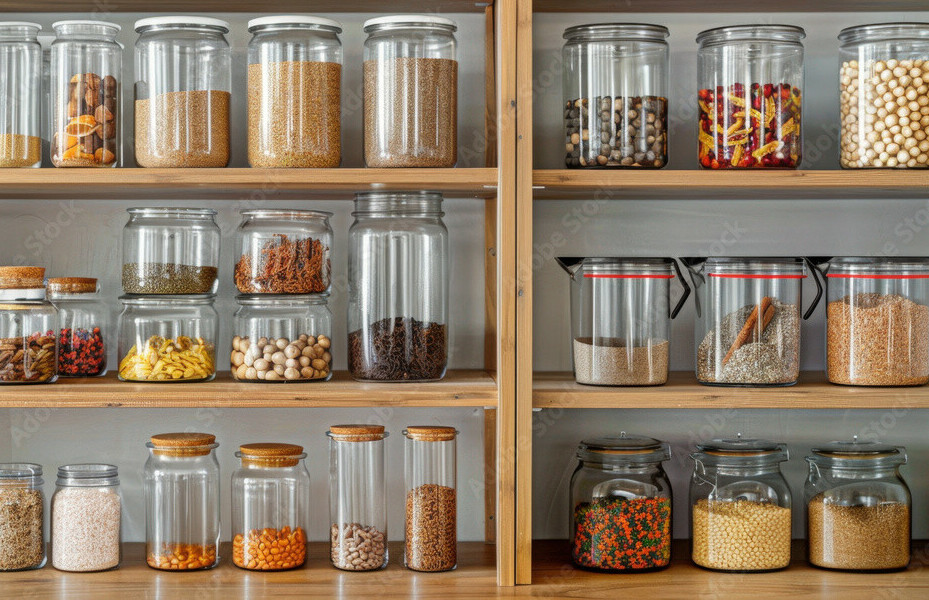Embarking on a zero-waste journey on your homestead is a fulfilling way to live sustainably, reduce your environmental impact, and align with nature’s cycles. Here are ten steps to help you create a zero-waste homestead.
1. Understanding the Zero-Waste Philosophy and Its Importance
What is Zero-waste I hear you ask, well in my book it’s a lifestyle that aims to minimize waste by rethinking about how we produce, consume and dispose of items. It emphasises reducing, reusing, recycling and composting to prevent waste from ending up in landfills. This philosophy is crucial for preserving our environment, conserving resources and promoting sustainability. Living a zero-waste lifestyle means prioritising the health of our planet and future generations. By reducing waste, we decrease pollution and the demand for landfill space, which in turn reduces greenhouse gas emissions that contribute to climate change. Reusing items helps us conserve raw materials and energy, which will then lessen the environmental impact of manufacturing new products. Recycling ensures materials are repurposed rather than discarded, by doing this we extend the lifecycle and reduce the need for new resources. Composting transforms organic waste into valuable compost, enriching soil and supporting healthier plant growth.
When we adopt a zero-waste practice we are encouraged to be more mindful about consumption. It challenges us to question the necessity of each item we bring into our home, leading to more thoughtful purchasing decisions. Additionally, it promotes creativity and resourcefulness, as we find new uses for items that might otherwise be discarded. This philosophy also highlights the interconnectedness of our actions and their impact on the environment, reinforcing the importance of stewardship and responsible living.
2. Assessing Your Current Waste Footprint
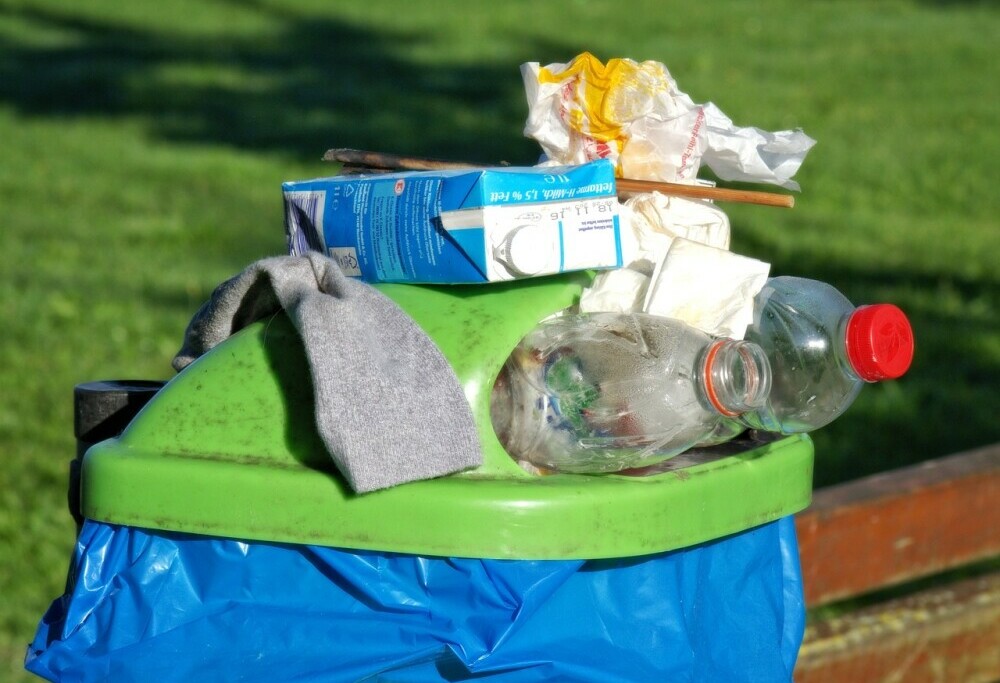
Start by evaluating your current waste output. Keep a track of everything you throw away for a week to identify patterns and areas for improvement. This assessment will help you understand where most of your waste comes from, and which habits you need to change. Here are some examples of items to track:
- Food Scraps: Peels, cores, leftovers, expired food.
- Packaging: Plastic bags, wrappers, cardboard boxes, glass jars.
- Paper Products: Paper towels, napkins, receipts, junk mail.
- Personal Care Items: Toothpaste tubes, shampoo bottles, cotton swabs.
- Household Items: Broken electronics, batteries, light bulbs.
- Clothing and Textiles: Old clothes, worn-out towels, sheets.
- Cleaning Supplies: Empty detergent bottles, sponges, scrubbers.
- Miscellaneous: Disposable razors, plastic utensils, single-use items.
3. Starting with Small, Manageable Changes
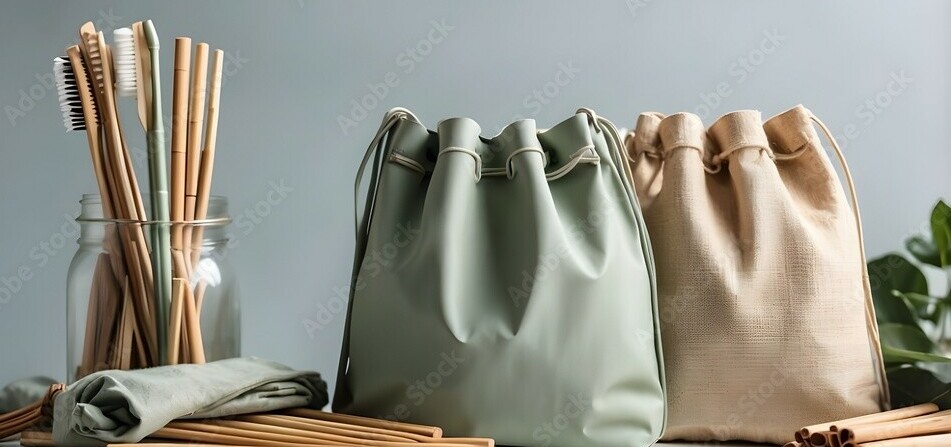
Transforming your homestead into a zero-waste haven won’t happen overnight. Start with small, achievable changes. Replace single-use items with reusable alternatives, and gradually introduce more sustainable practices. Here are some examples:
- Paper Towels: Replace with washable cloth towels or rags.
- Plastic Wrap: Use beeswax wraps or silicone food covers.
- Disposable Coffee Cups: Switch to a reusable travel mug.
- Plastic Grocery Bags: Bring reusable cloth bags for shopping.
- Disposable Water Bottles: Invest in a durable, reusable water bottle.
- Plastic Utensils: Use metal or bamboo cutlery that can be washed and reused.
- Napkins: Replace paper napkins with cloth napkins that can be laundered.
- Single-Use Cleaning Pads: Opt for reusable microfiber cloths
4. Composting: Turning Organic Waste into Garden Gold
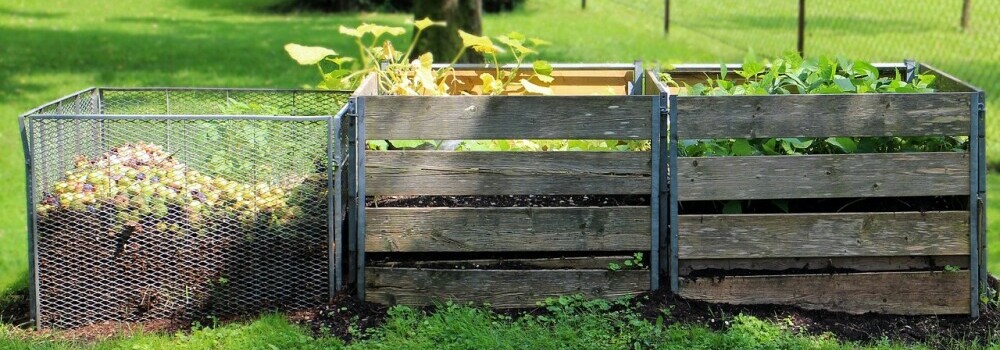
Composting is a fantastic way to recycle organic waste into nutrient-rich soil for your garden. Set up a composting system for food scraps, yard waste, and other biodegradable materials. Not only does this reduce landfill waste, but it also enriches your soil and enhances plant growth. Here are some examples of items you can compost:
- Kitchen Scraps: Fruit and vegetable peels, coffee grounds, tea bags, eggshells.
- Yard Waste: Grass clippings, leaves, small branches, plant trimmings.
- Paper Products: Shredded newspaper, cardboard, paper towels (if not contaminated with chemicals).
- Other Biodegradable Materials: Hair, pet fur, wood chips, sawdust (from untreated wood).
- Coffee Filters and Tea Bags: Unbleached paper coffee filters and tea bags without synthetic components.
- Egg Cartons: Paper egg cartons (break them into smaller pieces for faster decomposition).
- Nut Shells: Shells from nuts like peanuts and walnuts.
- Houseplants: Dead houseplants, potting soil.
- Natural Fibers: Cotton, wool, and linen fabric scraps (avoid synthetic fibers).
Avoid composting meat, dairy products, fats, oils, and diseased plants as they can attract pests and introduce pathogens into your compost.
5. Implementing a Recycling System: Beyond Just Sorting

Recycling isn’t just about sorting paper, plastic, and glass. Educate yourself on local recycling guidelines and find ways to recycle less common items, such as electronics and batteries. Here are some examples of other items you can recycle:
- Electronics: Old phones, computers, tablets, and accessories can often be recycled through special e-waste programs.
- Batteries: Both household and rechargeable batteries can be recycled at designated drop-off points.
- Light Bulbs: Compact fluorescent lamps (CFLs) and LEDs should be recycled due to their hazardous materials.
- Textiles: Donate or recycle old clothes, shoes, and linens through textile recycling programs.
- Ink Cartridges: Many office supply stores have recycling programs for used printer cartridges.
- Plastic Bags: Some grocery stores offer recycling bins for plastic bags and other soft plastics.
- Wine Corks: Natural corks can be recycled or repurposed for various crafts.
- Cooking Oil: Used cooking oil can be recycled into biodiesel or disposed of at designated recycling centers.
- Scrap Metal: Metal items like old tools, appliances, and car parts can be recycled at metal recycling facilities.
- Tires: Old tires can be recycled into various products, such as rubber mulch or asphalt.
Make recycling bins accessible and clearly label them to encourage proper use. This ensures that recyclable materials are correctly sorted and processed.
6. DIY: Making Homemade Cleaners and Personal Care Products

Homemade cleaners and personal care products can significantly reduce waste and chemical exposure. Simple ingredients like vinegar, baking soda, and essential oils can create effective, eco-friendly cleaners. Here are some ideas:
- All-Purpose Cleaner: Mix equal parts water and white vinegar in a spray bottle. Add a few drops of essential oil for fragrance.
- Glass Cleaner: Combine 1 cup of water, 1 cup of vinegar, and 1 teaspoon of dish soap in a spray bottle. Shake well before each use.
- Bathroom Cleaner: Mix 1/2 cup of baking soda with enough liquid castile soap to form a paste. Use a scrubbing brush to apply and clean surfaces.
For personal care, consider making your own soap, shampoo, and lotions using natural ingredients. Here are some examples:
- Soap: Combine olive oil, coconut oil, and shea butter with lye and water. Add essential oils for fragrance. (Soap-making requires caution and proper safety measures due to the use of lye.)
- Shampoo: Mix 1/4 cup of liquid castile soap with 1/4 cup of distilled water and a few drops of essential oil.
- Lotion: Blend 1/2 cup of shea butter, 1/4 cup of coconut oil, and 1/4 cup of almond oil. Add a few drops of essential oil for fragrance. Whip until smooth and store in a glass jar.
7. Mindful Purchasing: Buying in Bulk, Choosing Unpackaged Goods, and Using Reusable Containers
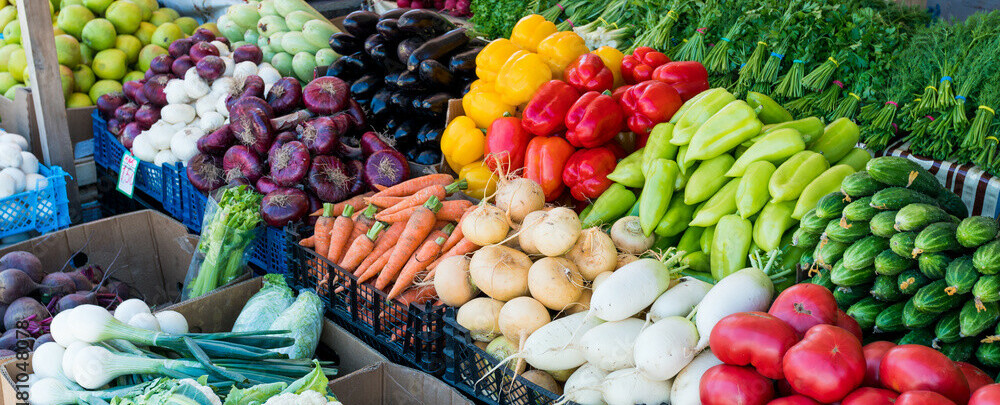
Be conscious of your purchasing habits. Buy in bulk to reduce packaging waste, choose unpackaged goods when possible, and bring your own reusable containers for shopping. This not only minimizes waste but also often saves money. Here are some ideas:
- Bulk Food Stores: Purchase grains, beans, nuts, and spices from bulk food stores using your own containers.
- Farmers Markets: Buy fresh produce without plastic packaging and bring your own reusable bags and containers.
- Deli and Meat Counters: Ask to have meats, cheeses, and deli items placed in your own containers rather than plastic bags or packaging.
- Refill Stations: Use refill stations for items like laundry detergent, dish soap, and personal care products to avoid single-use plastic bottles.
- Reusable Produce Bags: Replace disposable produce bags with mesh or cloth bags.
- Mason Jars: Use mason jars for bulk items, storage, and even as containers for takeaway meals.
- Cloth Bags: Bring cloth bags for bulk items, bread, and other loose goods.
- Reusable Beeswax Wraps: Use beeswax wraps instead of plastic wrap for storing food.
8. Growing Your Own Food: Steps to Start a Kitchen Garden
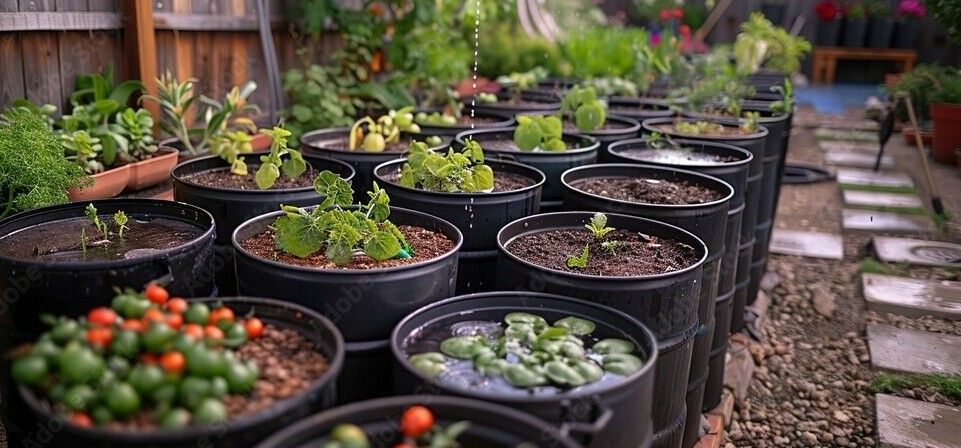
Growing your own food reduces the need for packaged produce and lowers your carbon footprint. Start a garden by selecting a sunny spot, preparing the soil and planting easy-to-grow vegetables and herbs. Here are some examples to get you started:
- Lettuce and Greens: Leafy greens like lettuce, spinach, and kale are easy to grow and can be harvested multiple times.
- Tomatoes: Cherry or grape tomatoes are great for beginners and can be grown in pots or garden beds.
- Herbs: Basil, mint, parsley, and cilantro are easy to grow and perfect for adding fresh flavors to your meals.
- Radishes: Quick to mature and great for small spaces, radishes can be harvested in as little as 30 days.
- Zucchini: Will provide a bountiful harvest with minimal effort.
- Capsicums : They are relatively easy to grow and add vibrant color and flavor to your dishes.
- Carrots: Grow in loose, sandy soil for best results; they’re fun to pull up and enjoy fresh.
- Beans: Bush beans and pole beans are easy to grow and provide a good source of protein.
9. Water Conservation Techniques for a Sustainable Homestead
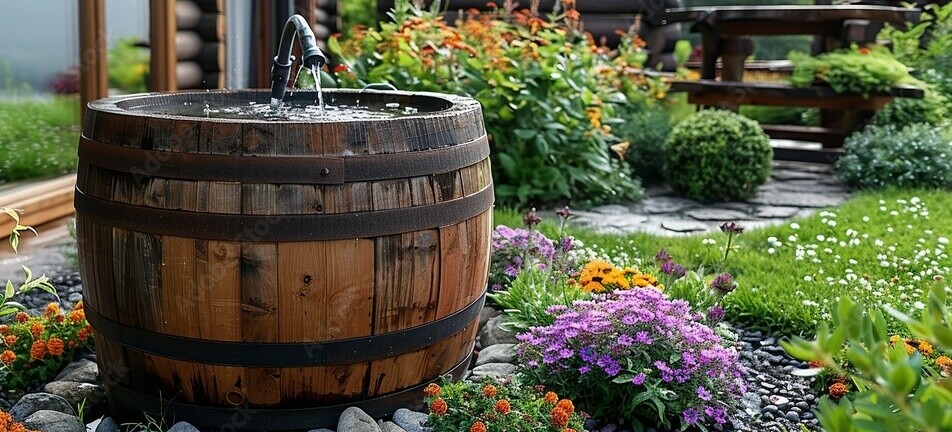
Water conservation is vital for a sustainable homestead. Implement techniques such as collecting rainwater, using mulch to retain soil moisture, and installing low-flow fixtures. These practices help reduce water waste and ensure a reliable water supply for your homestead. Here are some specific strategies:
- Rainwater Collecting: Install rain barrels or a cistern to collect and store rainwater from your roof. This water can be used for irrigation, livestock, and even household use with proper filtration.
- Mulching: Apply a thick layer of mulch around plants to retain soil moisture, reduce evaporation, and suppress weeds. Organic mulches like straw, leaves, or wood chips break down over time, adding nutrients to the soil.
- Drip Irrigation: Use drip irrigation systems to deliver water directly to the plant roots, minimizing water loss through evaporation and runoff.
- Greywater Recycling: Reuse greywater from sinks, showers, and washing machines for irrigation. Ensure you use biodegradable soaps and detergents to avoid harming plants.
- Low-Flow Fixtures: Install low-flow showerheads, faucets, and toilets to reduce water consumption without sacrificing performance.
- Drought-Resistant Plants: Choose native or drought-tolerant plants that require less water and are better adapted to your local climate.
- Watering Schedule: Water plants early in the morning or late in the evening to reduce water loss from evaporation.
10. Community Involvement: Sharing Resources, Knowledge, and Surplus Produce
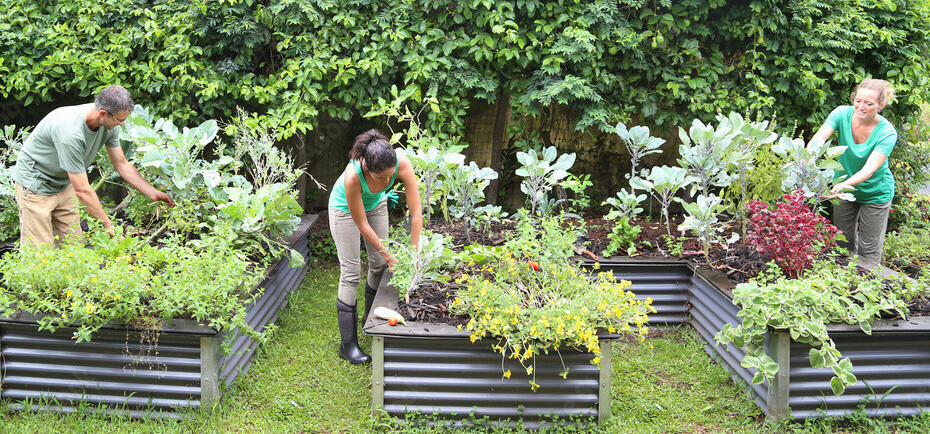
Engage with your community to share resources, knowledge and surplus produce. Participate in local farmers’ markets, join a community garden if your unable to garden at your home or start a produce swap group. By working with others, you can reduce waste collectively and foster a supportive and sustainable community.

